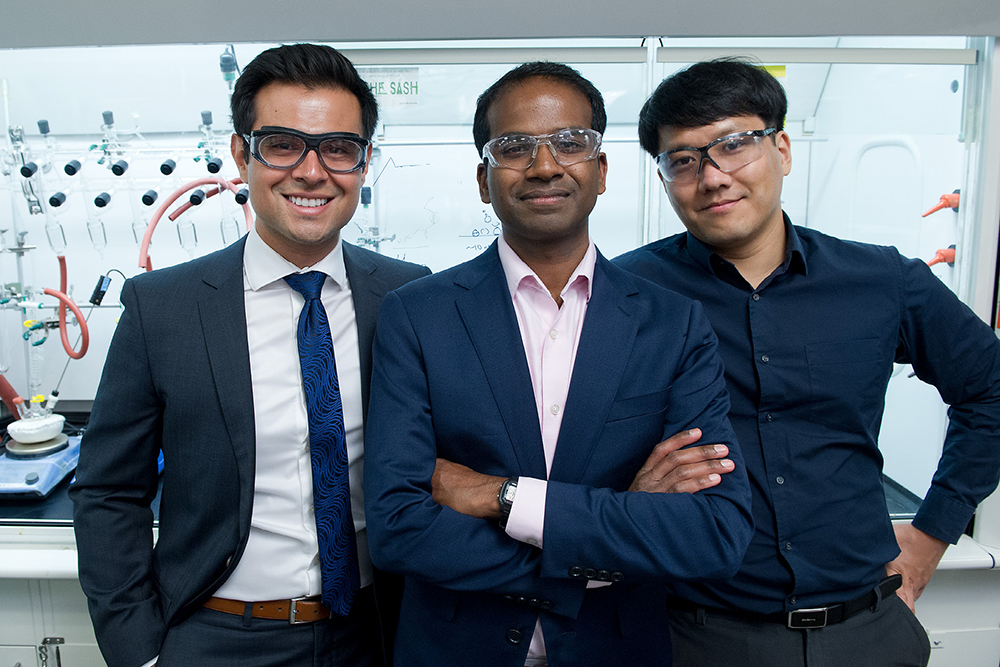Team
Research Team
 Minju Chung
MIT Department of Chemical Engineering
Minju Chung
MIT Department of Chemical Engineering
 Kyoungsuk Jin
MIT Department of Chemical Engineering
Kyoungsuk Jin
MIT Department of Chemical Engineering
 Joseph Maalouf
MIT Department of Chemical Engineering
Joseph Maalouf
MIT Department of Chemical Engineering
